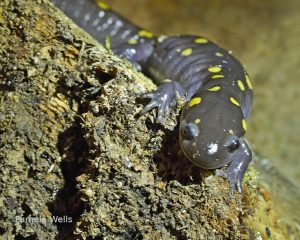 The Forest Society of Maine is happy to welcome Carlton Scott as the very first participant in our Swan Internship Program. This opportunity is made possible by a generous bequest by long-time donors and Attean Circle members Hank and Freda Swan. Hank was a founding board member and a leader in transitioning FSM to a staffed organization. He graduated from the University of Maine School of Forest Resources and spent his career in the forest industry.
The Forest Society of Maine is happy to welcome Carlton Scott as the very first participant in our Swan Internship Program. This opportunity is made possible by a generous bequest by long-time donors and Attean Circle members Hank and Freda Swan. Hank was a founding board member and a leader in transitioning FSM to a staffed organization. He graduated from the University of Maine School of Forest Resources and spent his career in the forest industry.
To help honor Hank’s life and passions, FSM launched the Swan Internship Program in 2019. The goal of the program is to introduce one student, annually, to the ins-and-outs of FSM’s land trust work through a range of professional experiences in conservation and easement stewardship. Carlton will have opportunities to expand his skill sets both in the office and in the field.
Carlton, who grew up outside of Baltimore, Maryland, will be a senior this fall. He says he has known since high school that he wants to work in a field related to the environment, and studying forestry has been a great fit. He writes,
“Conservation has always been a major interest to me. Interning at the Forest Society of Maine is a great opportunity to learn about forest conservation and stewardship. I am looking forward to seeing different conservation projects in Maine’s North Woods.”
Carlton is an Honors College student and has previously worked at Patapsco Valley State Park in Maryland and as a teaching assistant. We’re looking forward to him writing a blog post or two about his summer experience, in the months ahead.
If you are a college student in forest resources, or a related field of study, interested in working forest conservation, conservation easements, and land stewardship, we hope you will consider applying for the Swan Internship Program, next year. A call for applications will be sent out via the School of Forest Resources in early winter. Questions about the program may be directed to FSM Forestland Steward Kristen Hoffmann at ‘Kristen at fsmaine dot org.’




